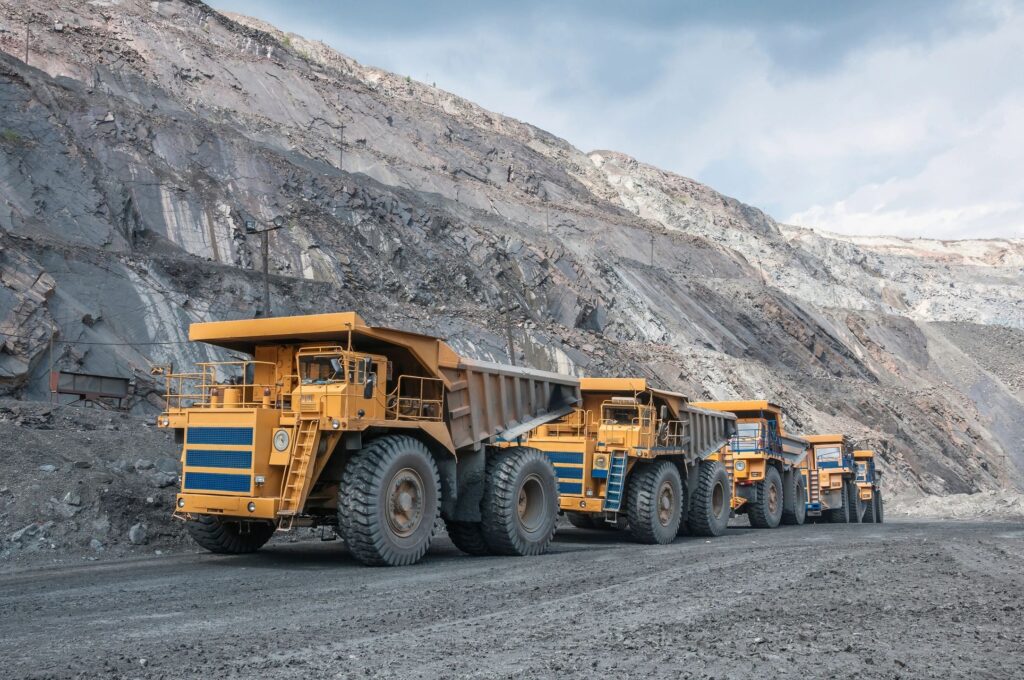Dust Control
Dust control on roads is vital for safety, health and environmental protection. It reduces risks like poor visibility and respiratory issues while safeguarding roads and eco-systems from erosion and pollution damage.
Why use dust control:
Safety:
- Impaired Visibility: Dust clouds obscure vision, heightening accident risks for drivers, pedestrians, and workers.
- Traffic Collisions: Dust-related low visibility increases the likelihood of severe crashes.
- Construction Risks: Dust on work sites reduces visibility for operators and laborers, raising accident potential.
Health:
- Breathing Problems: Dust irritates lungs, worsening conditions like asthma, bronchitis, or COPD.
- Other Issues: Prolonged dust exposure may cause skin, eye, or more severe health complications.
Environmental Protection:
- Soil and Water Pollution: Dust carries contaminants, polluting soil and water sources, harming ecosystems.
- Erosion: Dust accelerates soil erosion, damaging roads and landscapes.
- Plant Damage: Dust accumulation on vegetation can stunt growth or cause plant death.
Infrastructure and Property:
- Road Wear: Dust contributes to potholes and erosion, increasing repair costs.
- Property Impact: Dust buildup damages surfaces, requiring frequent cleaning and upkeep.
Economic Impacts:
- Maintenance Savings: Effective dust control lowers long-term infrastructure repair costs.
- Business Losses: Dust reduces efficiency in industries like solar energy by coating panels.
Aesthetic Concerns:
- Visual Appeal: Dust creates a gritty, unattractive environment, diminishing quality of life.
Dust Control on Roads:
Dust management, especially on unpaved roads, involves techniques to limit airborne particles, enhance visibility, and protect health and the environment.
Benefits include:
- Better Visibility: Clearer roads improve driver safety.
- Lower Environmental Harm: Dust control reduces air and ecosystem pollution.
- Health Protection: Minimizing dust lowers risks of respiratory and other health issues.
- Improved Comfort: Dust-free roads enhance travel comfort, keeping vehicles and clothing cleaner.
Applicable Areas:
- Access roads
- Construction sites
- Unpaved local/provincial roads
- Federal/provincial park roads
- Mining, forestry, and construction haul roads
- Quarries and mines
- Agricultural roads
- Parking lots
- Airstrips and helipads


